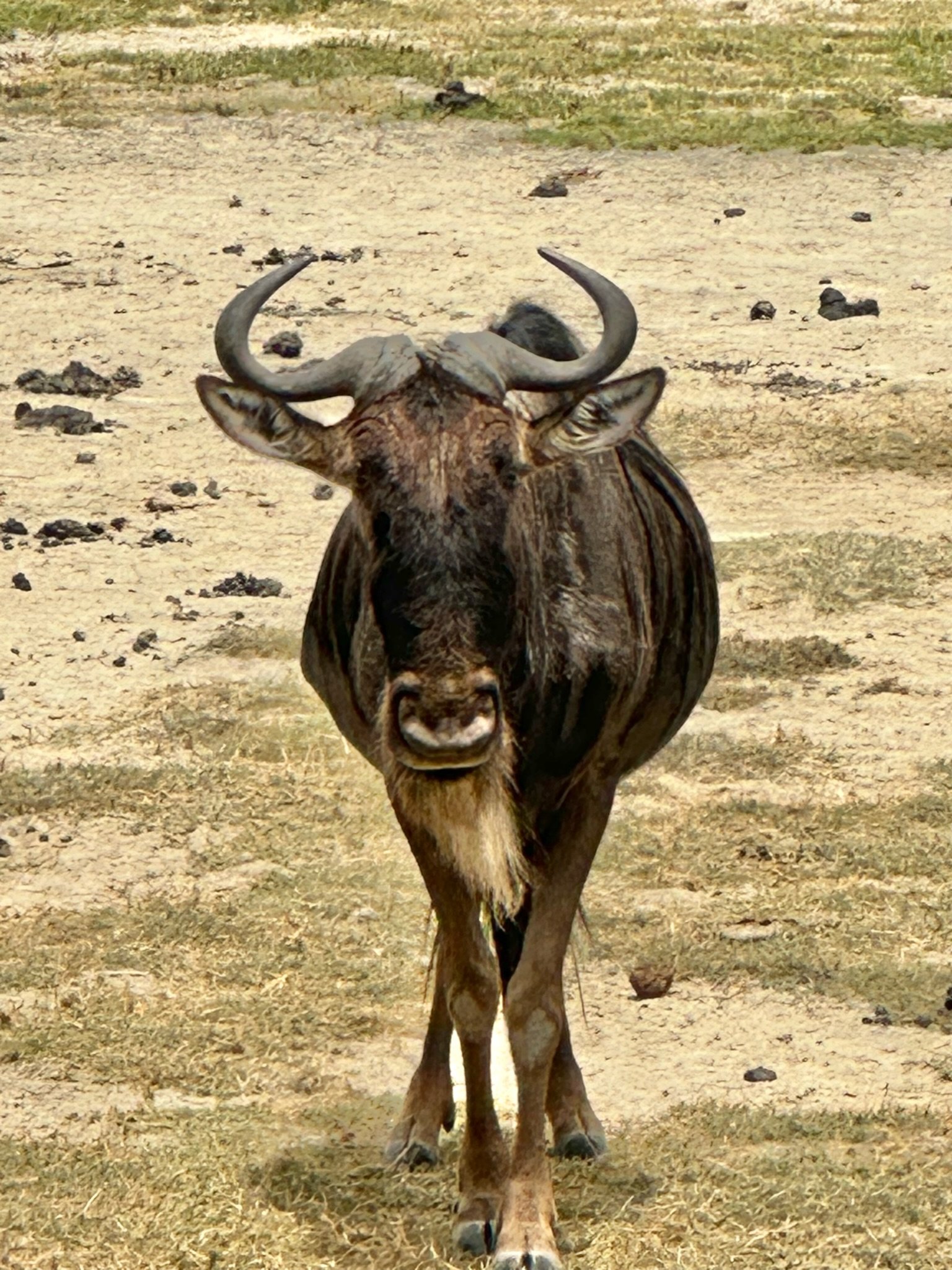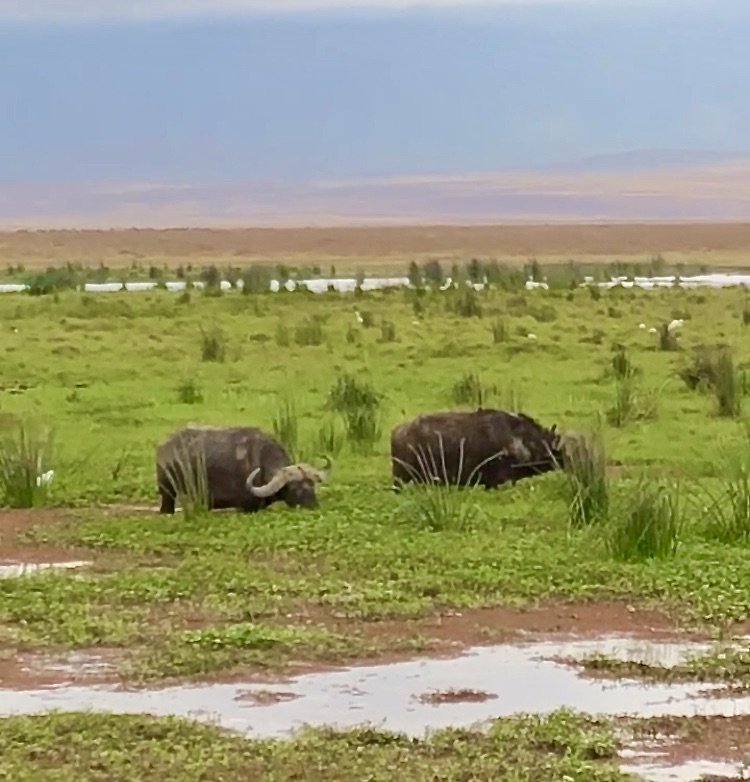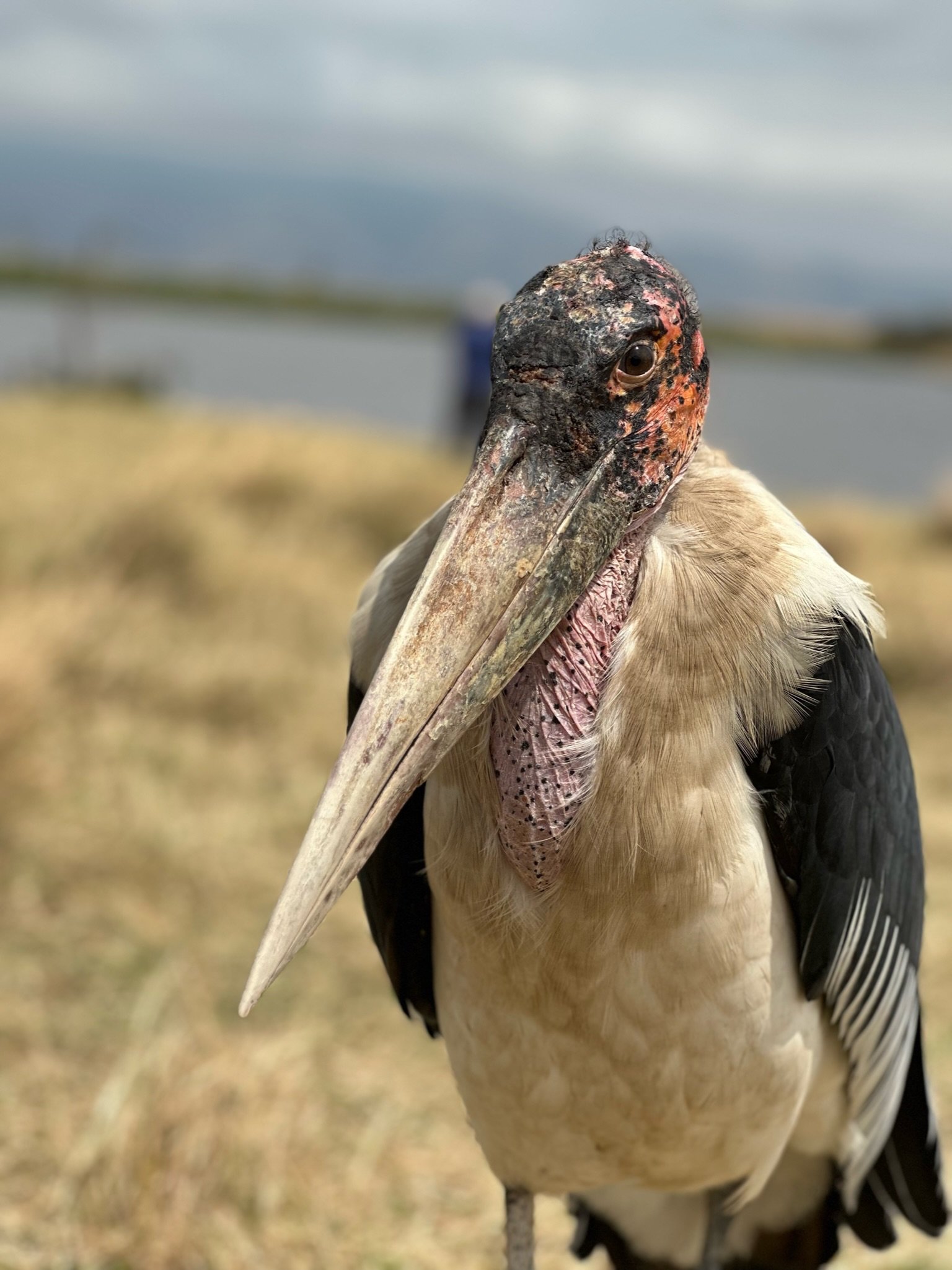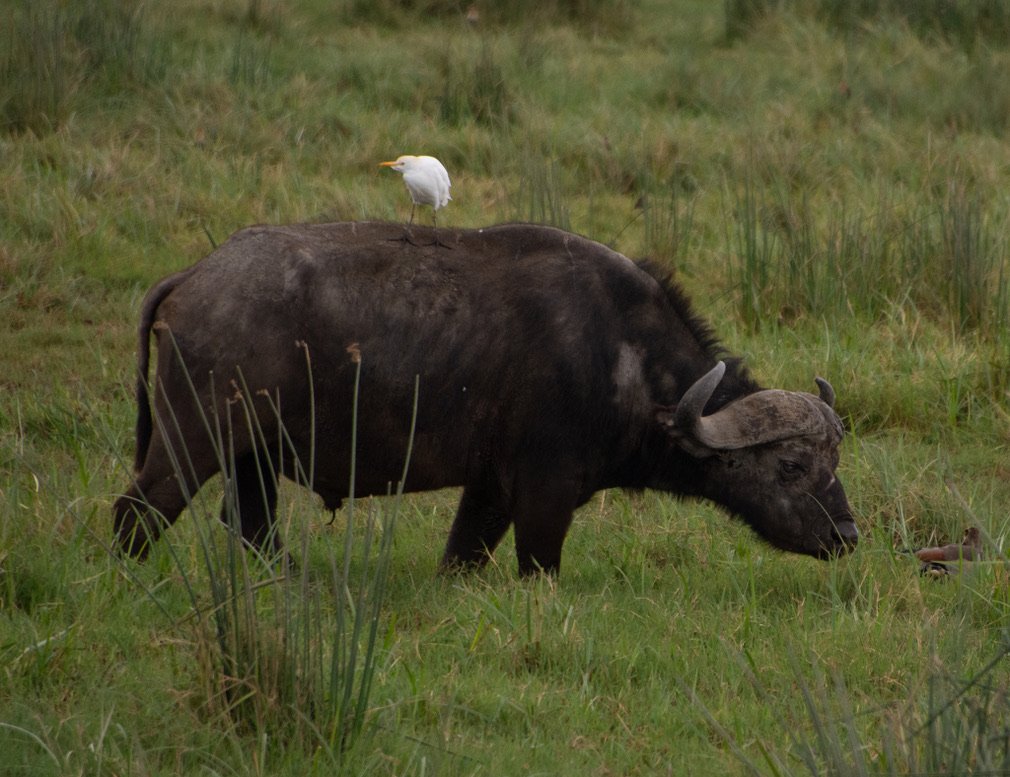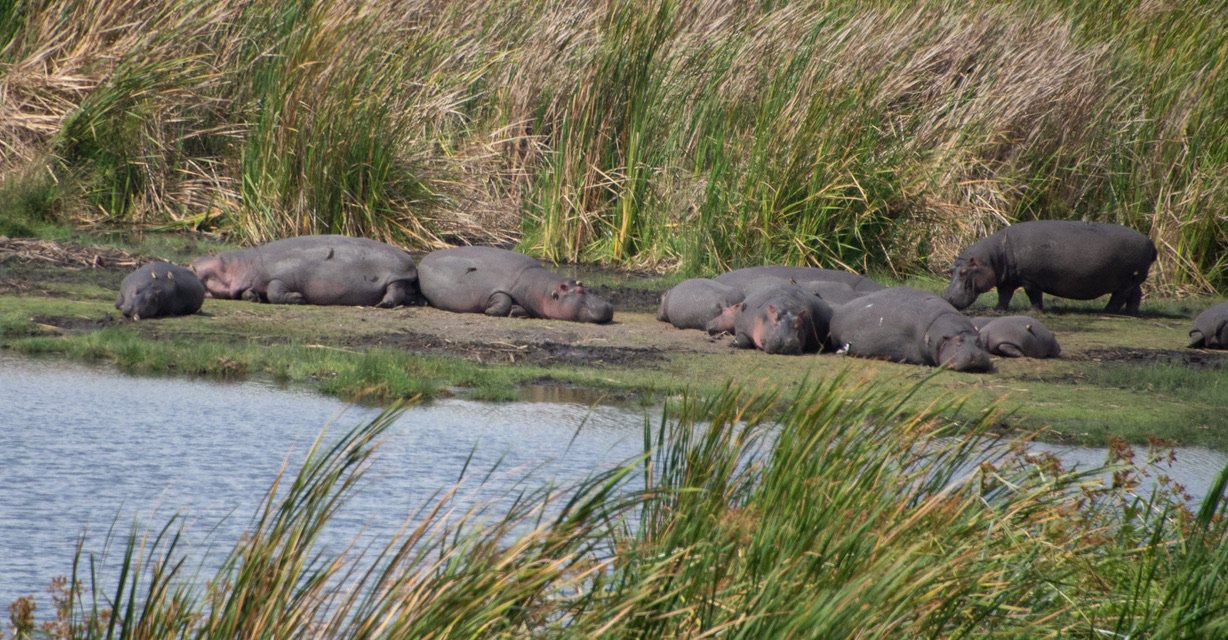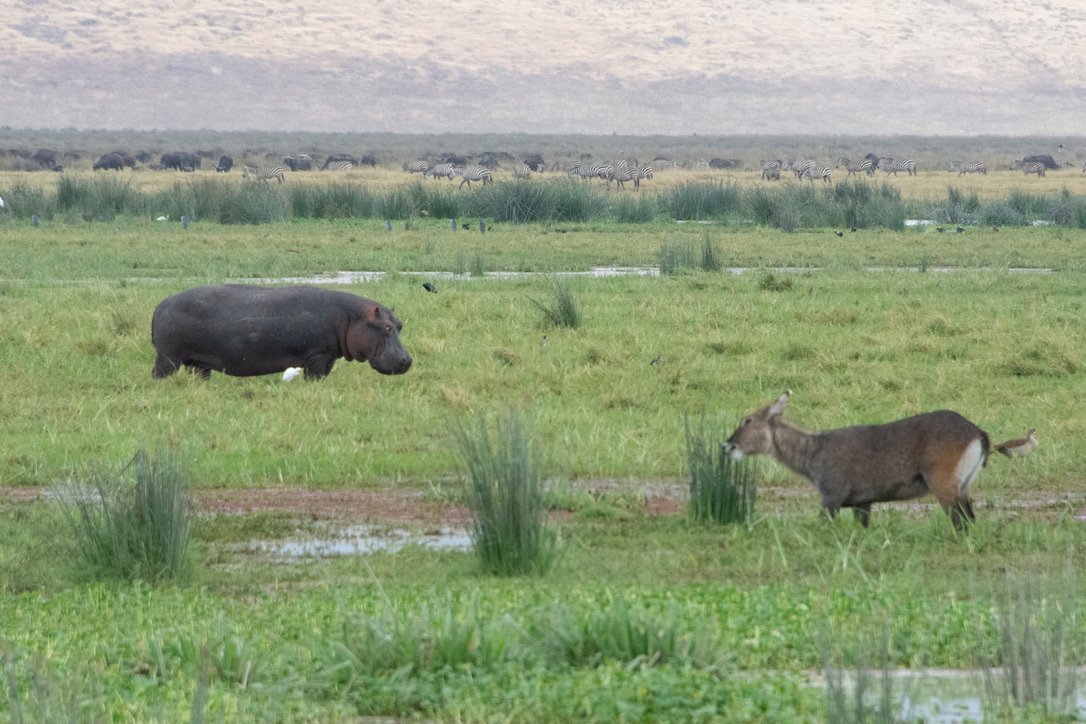
Why Ngorongoro Crater?
Nestled amidst the breathtaking landscapes of northern Tanzania just a few hours drive west from the town of Arusha, the Ngorongoro Crater, fondly referred to as the "Garden of Eden," is a UNESCO World Heritage Site that offers extraordinary diversity of wildlife captivating nature enthusiasts from all over the world.
Bordering the Serengeti National Park to the north and west, the over 260 square kilometer volcanic crater is rimmed by towering mountains and houses a variety of ecosystems including grasslands, marsh, mountains and waterfalls. As one descends into its depths, a whole new world supports a resident population of some 20,000 to 25,000 large mammals including lions, elephants, zebras, and rhinos. The majestic African buffalo and the elusive leopard complete the famed "Big Five" sightings. On the grassland floor grazing animals predominate: gnu, zebra, gazelles, buffalo, eland, warthogs and kongoni (Coke’s hartebeest). The swamp and forest region provide resources for hippos, some of Tanzania’s last remaining black rhinos, giant-tusked elephants, waterbucks, reedbucks, bushbucks, baboons, and vervets. The steep inner slopes provide a habitat for dikdiks and the rare mountain reedbuck. Towering euphorbias cling to the crater walls and fever tree and fig tree forests offer shade.
However, it is not just the wildlife that makes the Ngorongoro Crater a sought-after destination. It is also the opportunity to experience the rich culture and traditions of the Maasai people, who have inhabited these lands for centuries. The Maasai pastoralists, with their vibrant clothing and distinctive customs, are renowned for their intimate connection with nature and their harmonious coexistence with the wildlife that roams freely in this unique ecosystem. Their traditional ways of life serve as a reminder of the delicate balance that exists between humans and the natural world. Whether you are a seasoned traveler or an avid nature lover, a visit to the Ngorongoro Crater will leave an indelible mark while reminding you of the profound interconnectedness of all living things.
